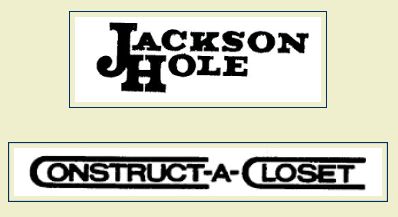This patriotic applicant sought registration of the word+design mark shown below for "dietary and nutritional supplements" [USA SUPPLEMENTS disclaimed]. Examining Attorney Ira Goodsaid issued a final refusal on the ground that Applicant's mark, as a whole, is primarily geographically descriptive of the identified goods. By its disclaimer, applicant conceded that USA SUPPLEMENTS is geographically descriptive. But are the stylized lettering and the design element inherently distinctive so that the mark is registrable on the Principal Register? How do you think this came out? In re United States of America Supplements, LLC, Serial No. 87737243 (September 18, 2018) [not precedential] (Opinion by Judge George C. Pologeorgis).

As the Board stated in In re Sadoru Group, Ltd., 105 USPQ2d 1484, 1486 (TTAB 2012):
A display of descriptive or otherwise unregistrable matter is not registrable on the Principal Register unless the design features of the asserted mark create an impression on the purchasers separate and apart from the impression made by the words themselves, or if it can be shown by evidence that the particular display which the applicant has adopted has acquired distinctiveness.
As to the literal portion of the mark, the Board concluded that "the block-style lettering comprising the wording USA SUPPLEMENTS does not convey to the consumers any source-indicating function." The Board distinguished four cases cited by applicant that involved more stylized and distinctive marks, including these two:

As to the design element, the Board observed that "common geometric shapes such as circles, ovals, rectangles, triangles, diamonds and stars, when used as backgrounds for the display of word or letter marks, are not regarded as trademarks for the goods to which they are applied absent evidence of distinctiveness of the design alone." Here, the design element, consisting of two stacked parallelograms, "merely serves as a background carrier for the literal portion of Applicant's mark."
Although applicant did not make a claim of acquired distinctiveness under Section 2(f), the Board searched the record for any evidence of same. Finding none, it understandably concluded that the applied-for mark had not achieved acquired distinctiveness.
And so the Board affirmed the refusal to register.
The content of this article is intended to provide a general guide to the subject matter. Specialist advice should be sought about your specific circumstances.
